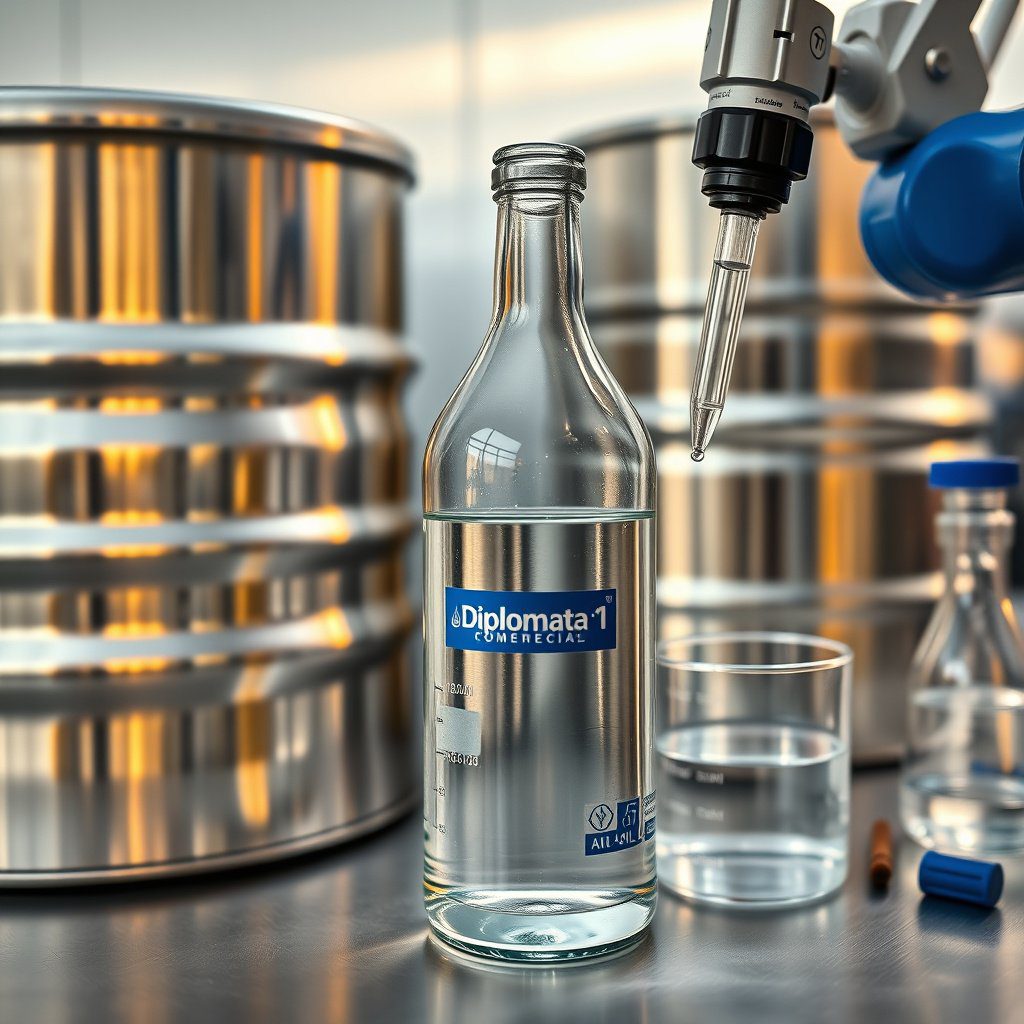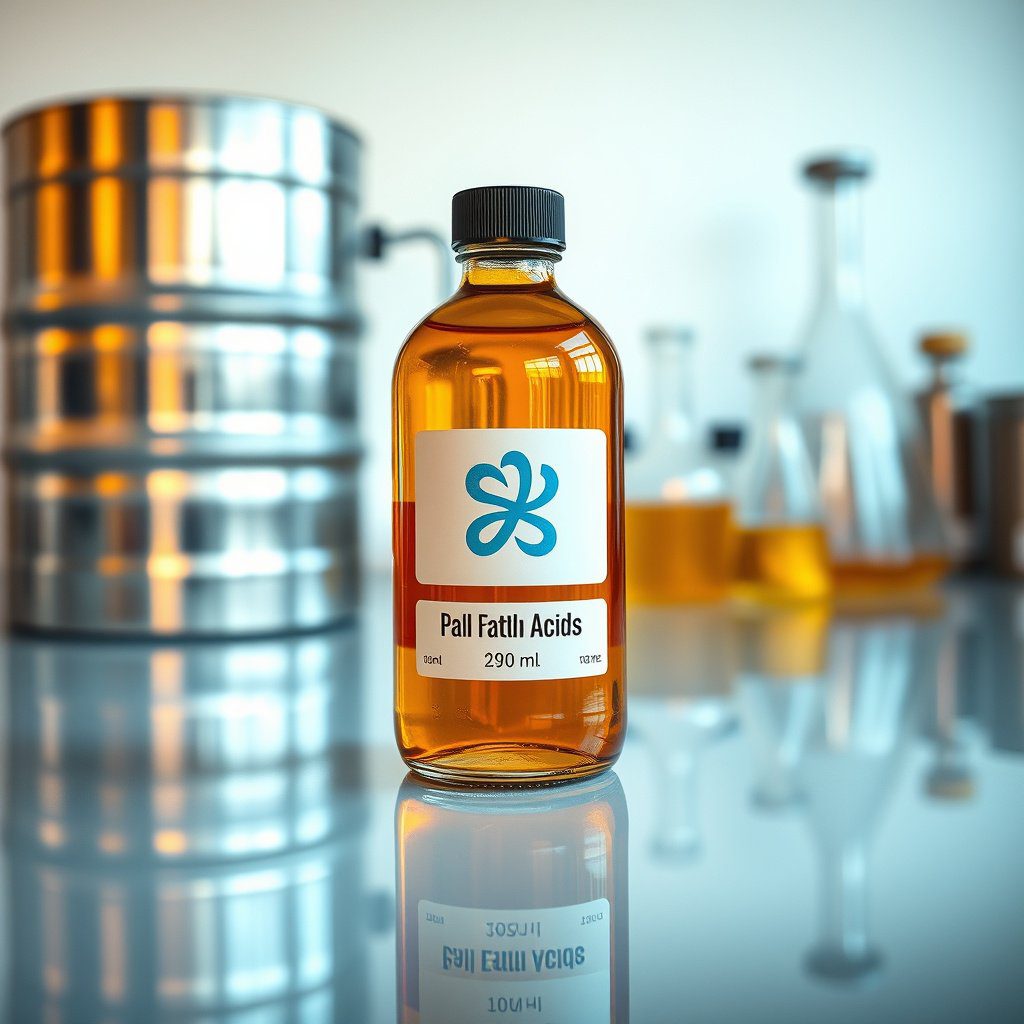Understanding Glycerin Purity Standards
Glycerin purity standards refer to the specific criteria that determine the quality of glycerin, a versatile compound used across various industries, including pharmaceuticals, cosmetics, and food production. These standards are essential for ensuring that glycerin meets the necessary safety and efficacy requirements for its intended applications. In the industry, glycerin’s purity is often quantified by its chemical composition and the absence of contaminants, which are critical for maintaining product integrity.
Importance of Glycerin Purity in Industrial Applications
The purity of glycerin is crucial in industrial applications, as impurities can lead to adverse reactions in formulations. For instance, in pharmaceutical manufacturing, the presence of contaminants can affect drug efficacy and patient safety. Similarly, in the cosmetic sector, impure glycerin may cause skin irritations or allergic reactions. Therefore, adhering to glycerin purity standards is not just a regulatory requirement but also a fundamental aspect of product quality assurance.
Regulatory Bodies and Glycerin Purity Standards
Various regulatory bodies, such as the United States Pharmacopeia (USP) and the European Pharmacopoeia (EP), establish glycerin purity standards to safeguard public health. These organizations set forth guidelines regarding the acceptable levels of impurities, including heavy metals and residual solvents, ensuring that glycerin produced and sold within their jurisdictions is safe for consumer use. Compliance with these standards is mandatory for manufacturers aiming to market their products legally.
Testing Methods for Glycerin Purity
To verify glycerin purity, manufacturers utilize a range of testing methods, including high-performance liquid chromatography (HPLC) and gas chromatography (GC). These techniques enable the detection and quantification of impurities, providing a comprehensive analysis of glycerin’s composition. Regular testing not only ensures compliance with purity standards but also enhances product reliability, helping companies like Diplomata maintain their reputation as a trusted glycerin supplier.
Impact of Glycerin Purity on Product Performance
The performance of products containing glycerin is heavily influenced by its purity. High-purity glycerin exhibits superior hygroscopic properties, ensuring effective moisture retention in cosmetic formulations and enhancing the stability of pharmaceutical products. Furthermore, pure glycerin is less likely to react with other ingredients, promoting compatibility and performance in various applications. This underscores the importance of sourcing glycerin that meets established purity standards.
Differences Between Crude, Refined, and Pure Glycerin
Glycerin is available in several grades, including crude, refined, and pure. Crude glycerin, often a byproduct of biodiesel production, contains higher levels of impurities and is typically used in industrial applications where purity is less critical. Refined glycerin undergoes processing to remove many of these impurities, making it suitable for food and cosmetic uses. Pure glycerin, meeting the highest purity standards, is essential for pharmaceutical applications, underscoring the varying requirements for different industries.
Global Standards and Glycerin Purity
In addition to regional standards set by bodies like the USP and EP, international organizations such as the World Health Organization (WHO) and the Food and Agriculture Organization (FAO) provide guidelines for glycerin purity. These global standards help harmonize quality expectations across borders, facilitating international trade and ensuring that glycerin exported from Brazil, such as that from Diplomata, adheres to stringent purity requirements accepted worldwide.
Quality Assurance Practices in Glycerin Production
To maintain high glycerin purity standards, manufacturers implement rigorous quality assurance practices. This includes sourcing raw materials from reputable suppliers, conducting in-process controls, and adhering to Good Manufacturing Practices (GMP). By prioritizing these measures, companies like Diplomata can ensure that their glycerin products consistently meet the highest purity standards, earning the trust of clients in the United States and beyond.
Future Trends in Glycerin Purity Standards
As industries evolve, so do glycerin purity standards. The increasing demand for clean-label products and natural ingredients drives the need for higher purity levels and transparency in sourcing. Future trends may include more stringent regulations and enhanced testing methodologies to ensure the integrity of glycerin products. Companies that stay ahead of these trends will likely maintain a competitive edge, positioning themselves as leaders in the global glycerin market.


